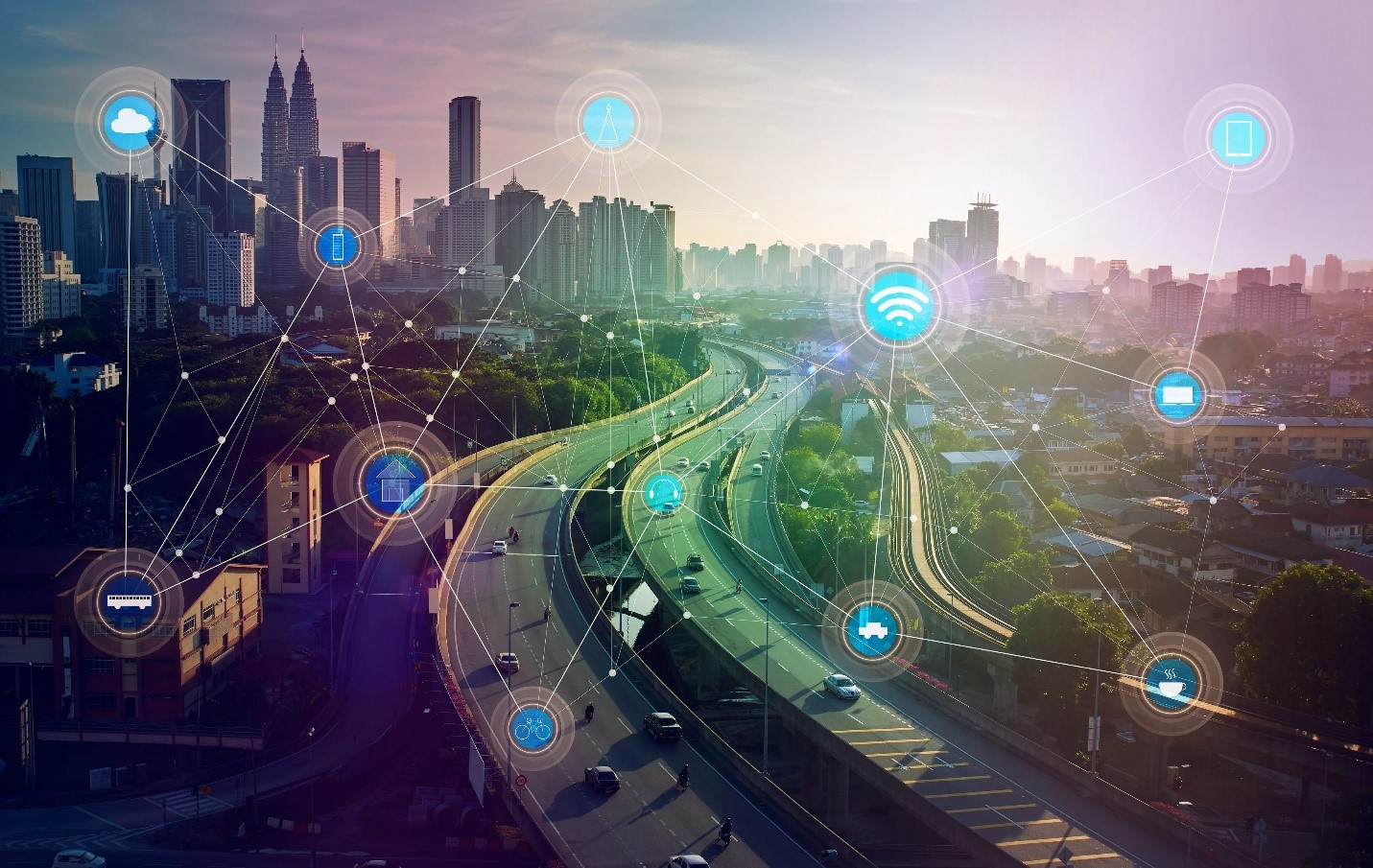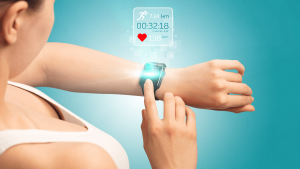
The modern healthcare landscape is undergoing a significant transformation driven by the urgent need for sustainability. Sustainable healthcare aims to balance patient care quality, economic viability, and environmental responsibility. This article explores the latest innovations and challenges in achieving sustainable healthcare, focusing on key areas such as green technologies, resource efficiency, and policy frameworks.
Innovations in Sustainable Healthcare
Green Technologies
One of the most promising avenues for sustainable healthcare is the adoption of green technologies. These innovations not only reduce the environmental footprint of healthcare facilities but also improve operational efficiency. For example, the integration of renewable energy sources such as solar panels and wind turbines in hospital infrastructure can significantly cut down on carbon emissions and energy costs. Additionally, energy-efficient lighting, heating, and cooling systems are being increasingly adopted to further reduce energy consumption.
Telemedicine and Digital Health
Telemedicine and digital health platforms have revolutionized the way healthcare services are delivered. By minimizing the need for physical visits, these technologies reduce the carbon footprint associated with patient and staff transportation. Moreover, digital health records and e-prescriptions reduce paper waste and streamline administrative processes. The advent of artificial intelligence (AI) and machine learning (ML) in diagnostics and treatment planning also promises to enhance the efficiency and accuracy of medical care, thereby reducing resource wastage.

Waste Management
Effective waste management is critical for sustainable healthcare. Innovations in this area include the development of biodegradable medical supplies and advanced recycling methods. Autoclaving and microwave treatments are being used to sterilize and recycle medical waste, thereby reducing landfill use. Additionally, hospitals are increasingly adopting practices to minimize pharmaceutical waste, such as using precise dosing systems and implementing take-back programs for unused medications.
Resource Efficiency
Water Conservation
Water is a vital resource in healthcare settings, used for sanitation, sterilization, and patient care. Innovations in water conservation, such as low-flow faucets and fixtures, water-efficient sterilization equipment, and greywater recycling systems, are being implemented to reduce water usage. These technologies not only conserve water but also reduce the energy required for water heating and treatment.

Supply Chain Management
Efficient supply chain management is another critical component of sustainable healthcare. By optimizing procurement processes and adopting just-in-time inventory systems, healthcare facilities can minimize waste and reduce storage costs. Furthermore, sourcing materials and products from local suppliers can lower transportation emissions and support local economies. The use of sustainable packaging materials and the implementation of circular economy principles in the supply chain also contribute to resource efficiency.
Policy Frameworks and Challenges
Regulatory Compliance
Achieving sustainable healthcare requires a robust policy framework that enforces regulatory compliance. Governments and healthcare organizations must collaborate to establish standards and guidelines for sustainable practices. Policies should incentivize the adoption of green technologies, waste management practices, and resource-efficient systems. Additionally, regulatory bodies must ensure that healthcare providers comply with these standards through regular audits and assessments.
Financial Constraints
One of the most significant challenges in implementing sustainable healthcare practices is the financial investment required. While green technologies and efficient systems can lead to long-term savings, the initial costs can be prohibitive for many healthcare facilities. Securing funding and financial incentives from government bodies, private investors, and international organizations is crucial to overcoming this barrier. Additionally, healthcare facilities can explore public-private partnerships to share the financial burden and risks associated with sustainable initiatives.

Cultural and Behavioral Change
Sustainable healthcare is not solely dependent on technological and policy innovations; it also requires a cultural and behavioral shift among healthcare providers and patients. Educating healthcare professionals about the importance of sustainability and training them in sustainable practices is essential. Moreover, raising awareness among patients about the environmental impact of healthcare services can encourage more sustainable behaviors, such as opting for telemedicine consultations when appropriate and participating in medication take-back programs.
Data and Metrics
Accurate data and metrics are vital for measuring the impact of sustainable healthcare initiatives. Healthcare facilities must implement robust data collection and analysis systems to track their environmental footprint, resource usage, and waste generation. This data can inform decision-making, identify areas for improvement, and demonstrate the effectiveness of sustainable practices. Additionally, transparent reporting and benchmarking against industry standards can drive competition and innovation in sustainability.
Conclusion
Sustainable healthcare is an evolving paradigm that seeks to harmonize patient care, economic viability, and environmental responsibility. Innovations in green technologies, resource efficiency, and waste management are paving the way for more sustainable healthcare systems. However, significant challenges remain, including financial constraints, regulatory compliance, and the need for cultural and behavioral change. By addressing these challenges through collaborative efforts and robust policy frameworks, the healthcare sector can make substantial strides towards sustainability, ultimately benefiting both current and future generations.























